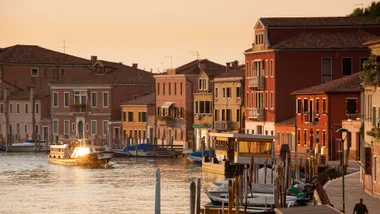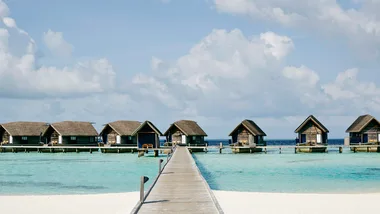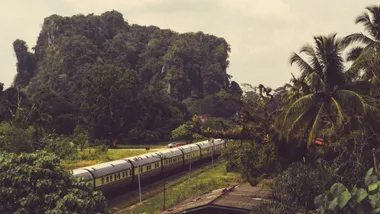Marine biologist Nat Yeates straps on her carbon-fibre fins as Wave Rider, a 12-metre yacht belonging to Live Ningaloo, cruises slowly along Western Australia’s Ningaloo Coast between Tantabiddi Lagoon and Cape Range National Park. A spotter-plane pilot radios Captain Murray Pattison to alert him to a sighting, and he steers a course to intersect a humpback whale on its annual migration between feeding grounds in Antarctica and birthing grounds in the Kimberley. Once in position, he cuts the engines and Yeates urges swimmers wearing wetsuits and snorkels to leap from the stern platform into the deep blue as a gentle behemoth rises towards the surface.
After a successful trial last year, Live Ningaloo was issued one of the few licences to operate immersion adventures during the migratory season – one of the most ecologically sensitive cetacean programs of its kind, as well as one of the first in Australia. In collaboration with Sal Salis wilderness lodge, a maximum of 10 passengers can board the yacht for a day-long voyage in the 705,015-hectare World Heritage Site.
“Humpbacks were hunted in Australia until the 1970s,” says Yeates, who is also a top-ranked free diver. “Some of the whales remember and won’t come near boats, but we’ve worked hard to develop protocols for being in the water with them.” One of the larger baleen species, humpbacks can grow up to 18 metres long, so it’s like floating next to a speeding train propelled by pectoral fins and a fluked tail.
Yeates will often grab slower swimmers by the arm and tow them into position for a better look. On a good day, guests might also encounter the whale sharks, rays, dolphins, dugongs, and sea turtles that inhabit this remote coast and fringing coral. But swimming so close to the humpbacks is one of life’s rarest moments.
Back on shore, the aquatic experience is augmented by talks with the knowledgeable Sal Salis staff and a bushwalk with one of their guides into the gorges and across the limestone plateau that overlooks the coast. Accommodation at Sal Salis (rooms from $750) comes in the form of wilderness tents positioned on platforms among low-lying dunes, as close as 50 metres to the ocean. It’s even possible to spot a whale breaching right offshore during cocktail hour in the main lodge.
That’s the cue to say: “Thar she blows.”










